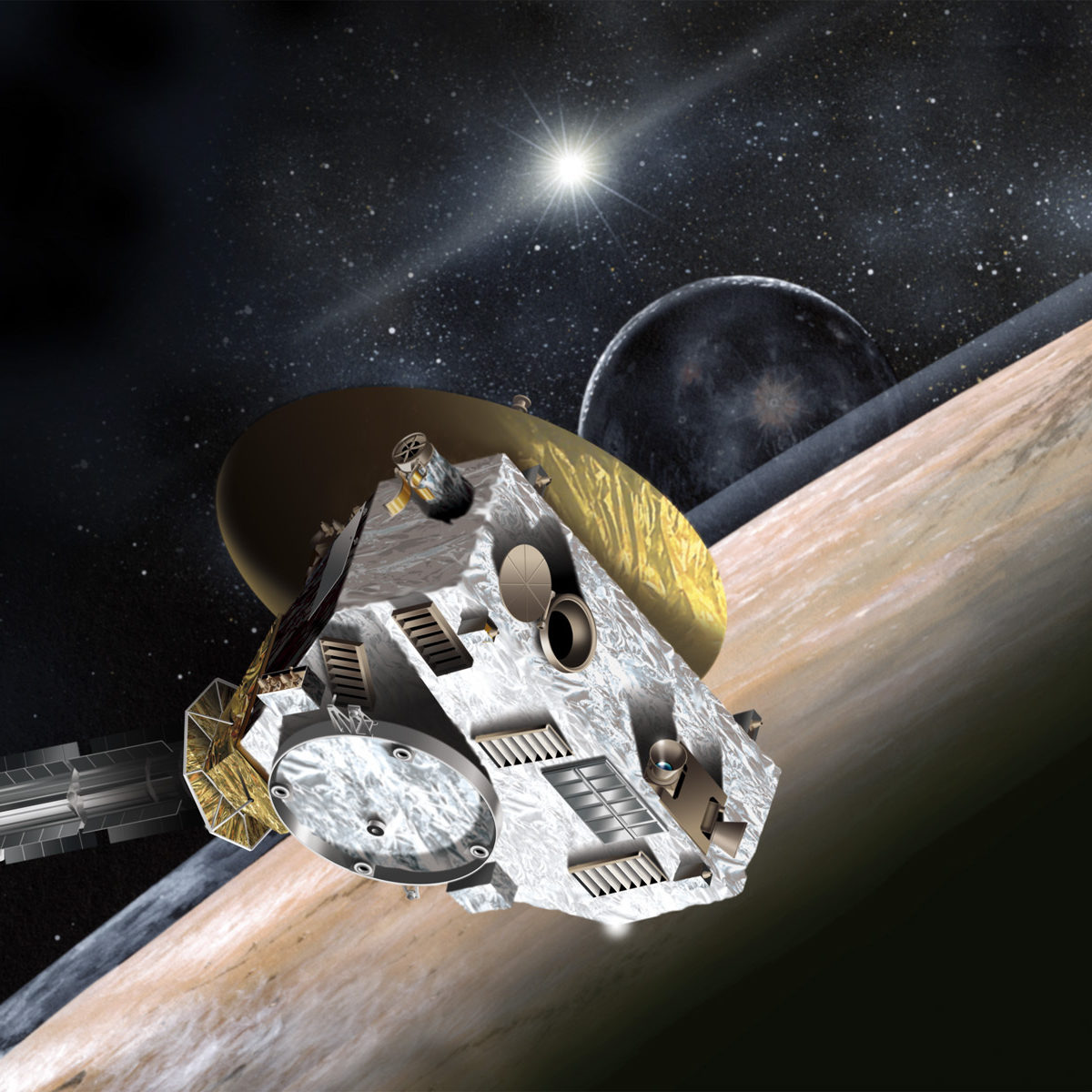All
All
Stories, updates, insights, and original analysis from The Planetary Society.
Rocket flight and the five dwarfs
Meet the Solar System’s five official dwarf planets, celebrate two major launches, and find out why planets sometimes seem to go backwards across the sky.
Meet the Solar System's five official dwarf planets
The International Astronomical Union currently recognizes five dwarf planets: Ceres, Pluto, Haumea, Makemake, and Eris.
Some big moons in the Kuiper belt
In a new preprint, Mike Brown and Bryan Butler show evidence that two Kuiper belt moons are even bigger than we used to think. They are Eris' moon Dysnomia, and Orcus' moon Vanth.
When will we know which is bigger, Pluto or Eris?
We don't currently know whether Pluto is the biggest thing in the Kuiper belt or not. When will New Horizons give us the answer?
This is the post where you can comment about the IAU planet definition
An attempt to corral the discussion of the IAU planet definition in one place on planetary.org, so that we may be free to actually discuss Kuiper belt observations and scientific results on posts elsewhere on this site.
Where are the big Kuiper belt objects?
Earlier today I wrote a post about how to calculate the position of a body in space from its orbital elements. I'm trying to get a big-picture view of what's going on in trans-Neptunian space.
Eris and embargoes (or: don't fear Ingelfinger!)
Last Tuesday at the Division of Planetary Sciences meeting Bruno Sicardy presented the results of his research group's observations of a stellar occultation by Eris.
Brief notes from Day 2 of the DPS-EPSC meeting
It's been a very full day at the DPS-EPSC 2011 joint meeting. My day was less full than it might have been, because I overslept and missed most of the morning's session. I really needed the rest though so I think it was probably for the best!
New Horizons workshop, day 1: Chemistry & climate on Pluto & other cold places
Today and tomorrow I'm attending the New Horizons Workshop on Icy Surface Processes. The first day was all about the composition of the surface and atmosphere of Pluto, Charon, Triton, and other distant places.
South of the Border
The last decade has seen an explosion in our understanding of the solar system with the discovery of the largest Kuiper belt objects (KBOs) of comparable size to Pluto.
The scale of our solar system
Space.com has taken advantage of the infinitely scrollable nature of Web pages to produce a really cool infographic on the scales of orbital distances in the solar system.
Eris might be smaller than Pluto after all (but it's still more massive)
Several astronomers pointed their telescope at Eris to watch it pass in front of a background star. Occultations permit precise measurement of the diameters of distant, faint objects, and it turned out that Eris was much smaller than previously thought, so much so that its diameter may turn out to be the same as, or even smaller than, Pluto's.
DPS 2010: Pluto and Charon opposition surges, Nix and Hydra masses, Pluto and Eris compositions
An awful lot of the talks in the Pluto session on Tuesday morning, October 5, at the Division of Planetary Sciences meeting spent more time focusing on how bad weather conditions were during the astronomers' attempts to view Pluto as it occulted background stars than they did on any measurements or science that came out from the data.
An official pronouncement may be coming about the "what is a planet?" debate
Since the discovery of 2003 UB313, larger than Pluto, there's been a lively debate going on in many places about what makes a planet. There's now an article in Nature talking about a proposal that would address the controversy


 Explore Worlds
Explore Worlds Find Life
Find Life Defend Earth
Defend Earth


 Sun
Sun Mercury
Mercury Venus
Venus Earth
Earth Mars
Mars Jupiter
Jupiter Saturn
Saturn Uranus
Uranus Neptune
Neptune Small Bodies
Small Bodies











